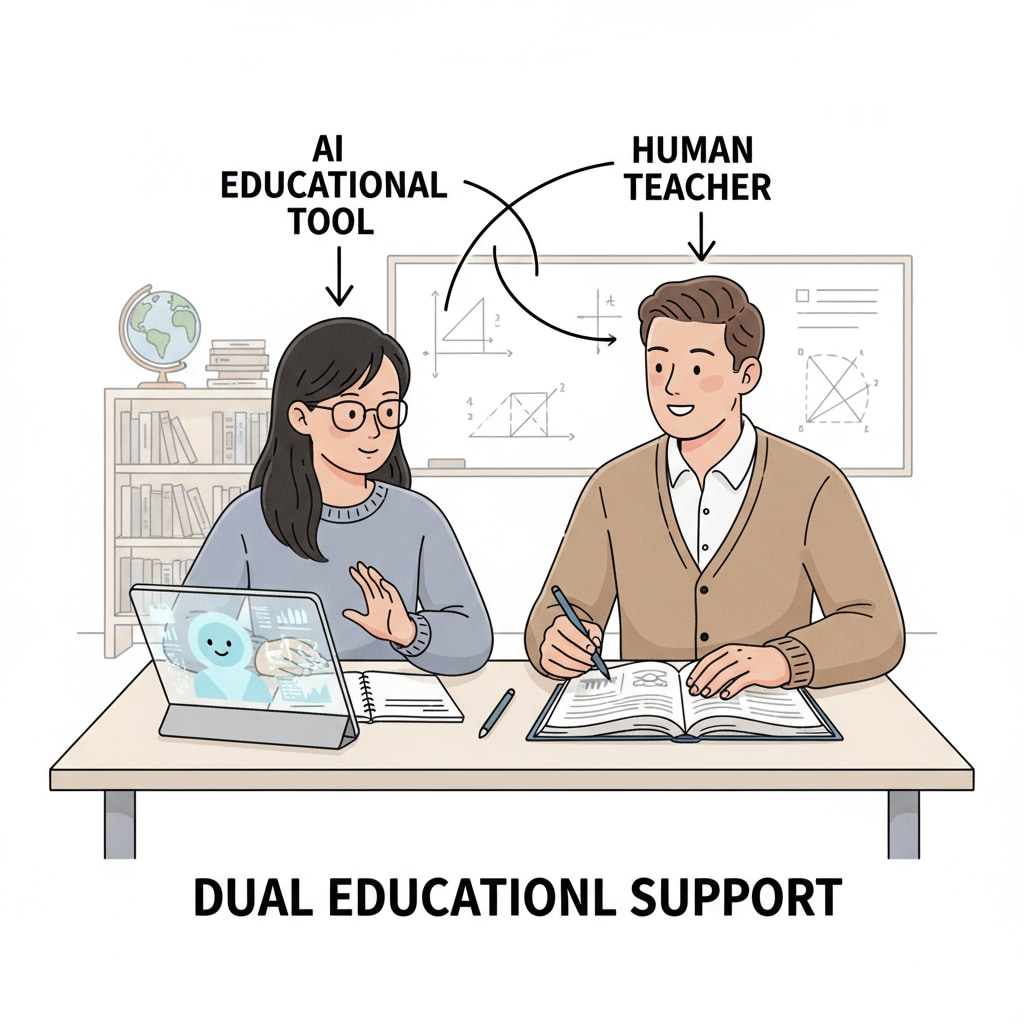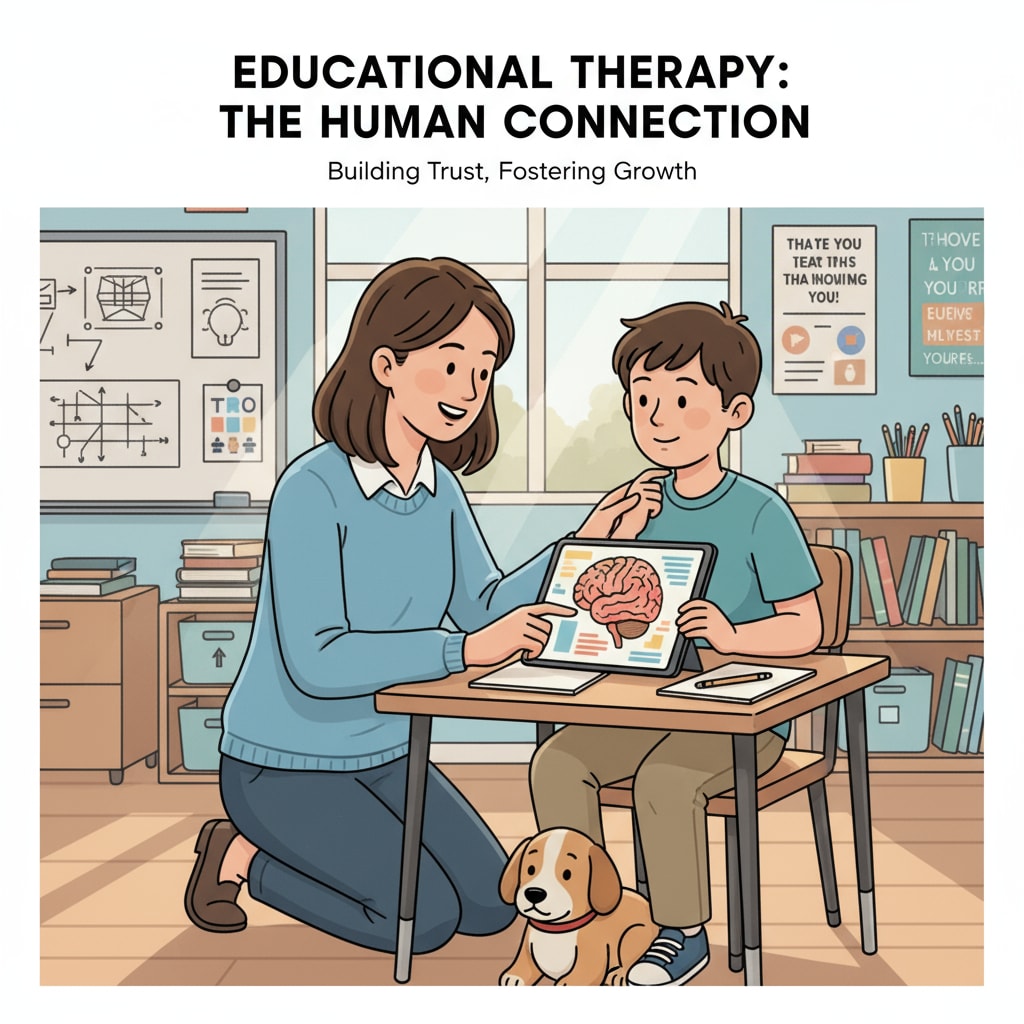The research on AI therapy and human therapy has become a hot topic, especially when it comes to assisting K12 students. With the rapid development of artificial intelligence in the field of education, understanding the effectiveness of these two treatment methods in mental health and learning disability interventions for K12 students is crucial.

The Rise of AI in Educational Therapy
AI has made significant inroads into educational therapy. It can provide personalized learning plans for students. For example, AI algorithms can analyze a student’s learning data, such as test scores and study time, to tailor specific learning materials. This personalized approach aims to address individual learning needs more precisely. According to Wikipedia’s article on Artificial Intelligence in Education, AI in education has the potential to transform traditional teaching models. In addition, AI – based chatbots can be available 24/7 to answer students’ questions, providing immediate support.
The Strengths of Human Therapy
Human therapy, on the other hand, offers unique advantages. Human educators have the ability to empathize with students. They can understand a student’s emotional state not just through words but also body language and facial expressions. A human teacher can build a deep, trusting relationship with a student, which is essential for effective therapy. For instance, when a student is struggling with a difficult concept, a human teacher can use real – life examples and personal stories to help the student understand better. As stated in Britannica’s entry on Education, the human element in education is irreplaceable.

However, human therapy also has limitations. It may be time – consuming and resource – intensive. Educators often have a large number of students to attend to, which can make it difficult to provide one – on – one attention to each student all the time.
Comparing the Effectiveness
When comparing the effectiveness of AI therapy and human therapy, several factors need to be considered. In terms of knowledge acquisition, AI can quickly provide vast amounts of information. But human teachers can guide students to think critically and develop problem – solving skills in a more profound way. In mental health support, AI can offer coping strategies based on data analysis, while human therapists can provide emotional comfort and a sense of security.
Readability guidance: By analyzing these aspects, we can see that both AI therapy and human therapy have their own roles to play. We should not simply choose one over the other but rather explore how to integrate them for the best results. Transition words like ‘however’ and ‘in addition’ help to make the flow of ideas more coherent. Using short paragraphs and lists can also enhance the readability of the article.


